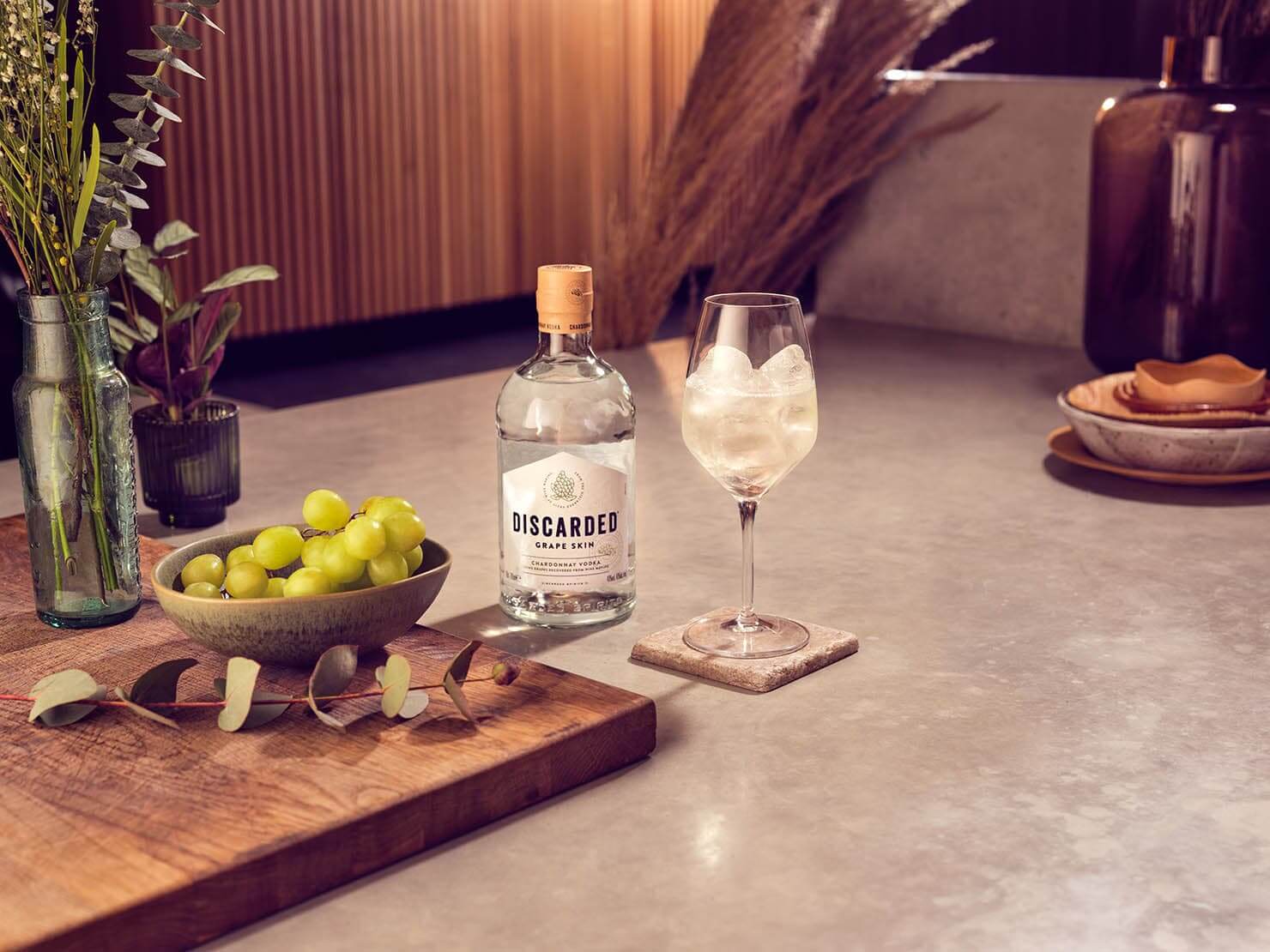And if you haven’t been planning your own, you’ve likely got one coming up soon in the calendar or know a couple who’ve recently tied the knot. In 2022 alone, 250,000 couples got married across England and Wales.
How much waste does a wedding create?
Huge amounts of effort go into the wedding day and, to maintain the feeling of it being a truly special occasion, many components of the event only get used once – whether that’s the decor or the wedding dress.
According to jewellery manufacturer Austen & Blake, the average wedding across England, Scotland, and Wales produces 14.5 tonnes of CO2 emissions (around three times the annual CO2 footprint of the average UK citizen in 2022). And, in total, weddings across the region contribute as much as 1.6 million tonnes of CO2 emissions and 37.8 tonnes of solid waste each year.
Around 10 per cent of all wedding food also goes to waste, which equates to about £500 spent on binned food per big day. This includes the cake, with the equivalent of over 5,600 wedding cakes ending up in the bin every year in the UK.
Planning a waste-free wedding
The idea of a ‘zero-waste wedding’ is catching on, and even Princess Eugenie stated that her big day was going to be plastic-free back in 2018. With so many different components that make up a wedding, there are many opportunities to cut waste and choose eco-friendlier options. And that starts even before the big day – with the ring. Instead of mining diamonds – which is associated with awful human rights violations and environmental degradation – UK company Skydiamond grows them in a lab using captured CO2 and water. This process creates diamond jewellery (including engagement rings) that looks like the mined real deal but is carbon neutral and ethically sourced.
As we’ve mentioned, food is a massive source of waste over the course of a wedding, but eco-friendlier caterers are on hand to help. In Ireland, for instance, zero-waste wedding caterer Orla McAndrew uses surplus food from suppliers to craft its menus, while relying only on local, in-season ingredients to avoid carbon-intensive food miles. Likewise, London B Corp caterer Lettice Events has sustainability at its core, relying on seasonal ingredients and producing a ‘wasteful canape’ to use up leftover produce. As well as calculating and offsetting its carbon emissions, Lettice also uses a state-of-the-art Orca machine to ‘digest’ its food waste and create circular fertiliser or a new, green energy source.
How can I throw a sustainable wedding?
It might be tradition to freeze the top tier of your wedding cake so it can be eaten on your one-year anniversary, but what if the guests haven’t tucked into the rest of the cake? Luckily, even if the cake isn’t completely fresh, it will still taste great with some ice cream – use the leftovers in a range of desserts like an ice cream sundae, trifle, bread pudding, or ice cream sandwich. You can also toast the cake (so it doesn’t matter if it’s already gone stale) in the oven and chop it up for some DIY granola. Or, try to prevent unnecessary cake waste to begin with by embracing cupcakes over the traditional tiered approach. Because cupcakes are pre-portioned and convenient, it’s much more likely guests will eat them.
The drinks are often as big a part of the wedding as the food – but that can leave behind many bottles and lead to beverages being poured down the sink at the end of the event. If you’ve got leftover prosecco from a bottle that’s been opened, whether from a wedding or another special occasion, try out Discarded’s recipe for flat prosecco syrup. Simply pour your flat sparkling wine or prosecco into a heat-safe container, then add an equal weight of sugar and boiling water and stir until the sugar is fully dissolved. To keep the party going, you can then use this syrup in our Grape Skin Spritz cocktail.
Beyond food, there are thousands of ideas to help keep weddings as low-waste as possible – particularly with the decorations. Once you’ve taken all the obligatory bridesmaid photos, why not repurpose their bouquets into table decor for the evening, rather than spending more money and effort on extra flowers? And rather than finding new vases for the centrepieces, try out used wine and champagne bottles, which can look just as effective holding flowers and candles for the evening meal.
When it comes to confetti, meanwhile, the stuff you buy at the shop is typically plastic-based (as well as being notoriously tricky to clean up) meaning it won’t biodegrade in the environment after the big day. Instead, consider a natural alternative – dried fallen leaves and flower petals. You can buy a heart stamp, or simply use a hole punch, to create confetti that won’t harm the environment when it’s left behind.
